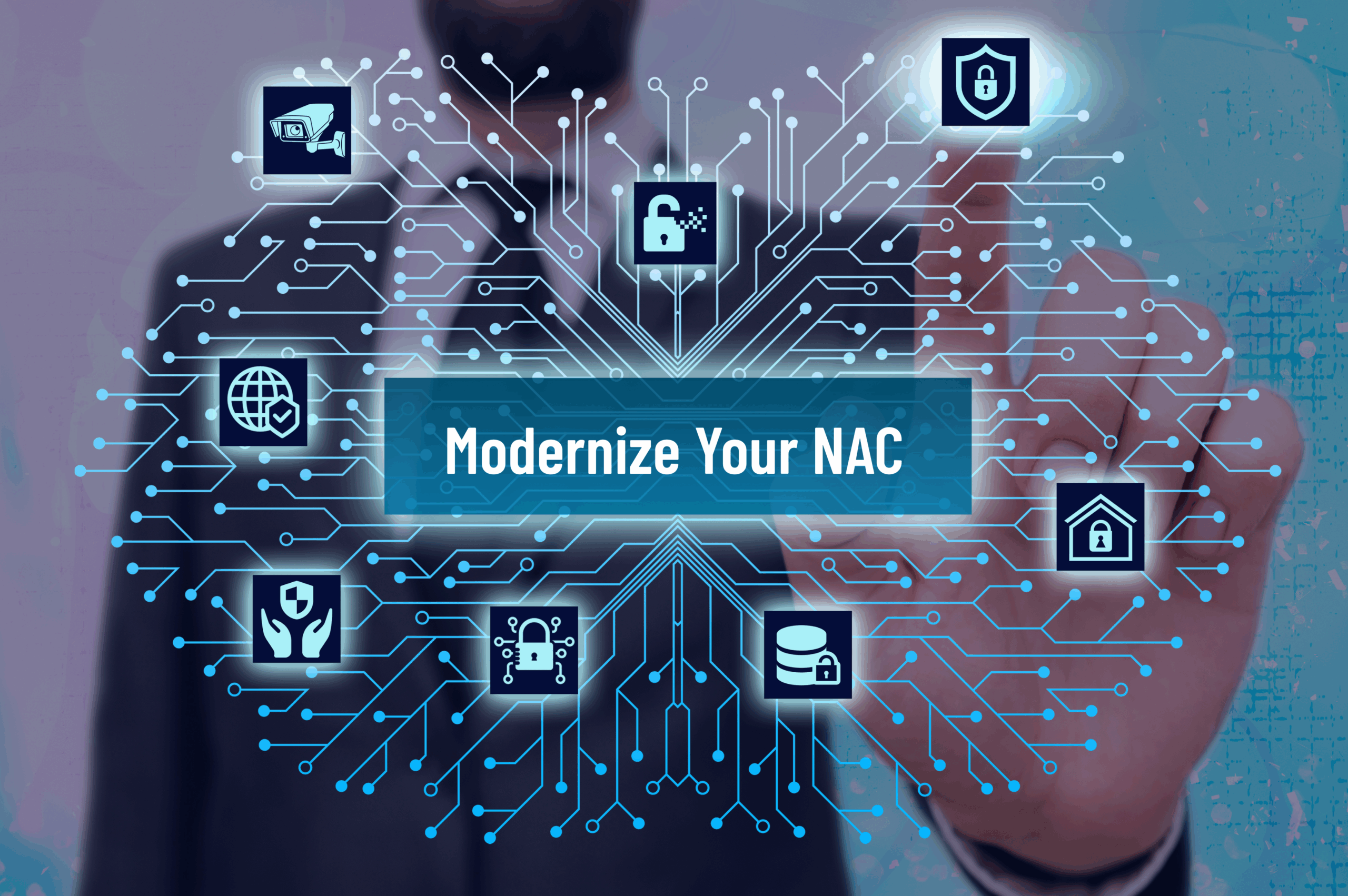Why NAC is the Missing Link in SASE Strategies

The Rise of SASE Secure Access Service Edge (SASE) has become one of the most talked-about frameworks in cybersecurity. Gartner popularized the term to describe a cloud-delivered model that converges networking (SD-WAN) and security (SWG, CASB, ZTNA, FWaaS) into a single, scalable service. The promise is simple: simplify security, secure remote and hybrid workforces, and extend zero trust principles to applications and users anywhere. But while organizations flock to SASE, many overlook a critical reality: SASE assumes that the devices connecting to it are already trusted. Without addressing what happens at the network edge-the moment a device first connects-SASE strategies remain incomplete. That’s where network access control (NAC) comes in.
The Gaps in SASE
SASE is powerful, but it isn’t perfect. Here are three key blind spots:
1. Device Trust Assumptions SASE tools focus on securing user-to-app traffic and controlling cloud access. But what about the device itself? Is it compliant with security policy? Is it patched? Is it even an authorized device? SASE doesn’t answer these questions.
2. IoT and OT Blindness SASE shines for remote employees and SaaS access, but it struggles with IoT, OT, and non-human identities that don’t use traditional authentication methods. These devices often live on-prem and create significant risks if unmanaged.
3. Network-First Security SASE is inherently cloud-centric. But in the real world, most organizations still have branch offices, data centers, and on-premises resources. Without a way to enforce Zero Trust *before* devices get on the network, you’re leaving the front door wide open.
Enter NAC: The Missing Link
Network Access Control closes the gaps left by SASE by focusing on device and network-level trust:
- Verify Before Connection: NAC ensures that only trusted and compliant devices can access the network. This means SASE isn’t just securing traffic-it’s securing known, safe devices from the start.
- Continuous Posture Assessment: NAC continuously monitors device health and can restrict or quarantine devices that fall out of compliance, even after they’ve connected.
- IoT/OT Visibility and Control: NAC identifies and enforces policies on unmanaged devices like cameras, printers, sensors, and industrial controls-areas where SASE typically has no visibility.
- On-Prem Enforcement: NAC protects the physical network edge, complementing SASE’s cloud edge enforcement. Together, they extend zero trust from the office to the cloud.
Key Takeaway: NAC isn’t competing with SASE; it complements SASE.
Think of SASE as a secure highway system for data traffic, ensuring every vehicle (user) follows the rules of the road. NAC is the checkpoint before vehicles even get onto the highway, verifying licenses, inspecting engines, and ensuring no dangerous vehicles enter in the first place. SASE is an essential part of modern cybersecurity-but it isn’t the whole story. Without NAC, SASE strategies leave organizations exposed at the network edge and blind to the devices that connect. By combining SASE with NAC, organizations achieve:
- End-to-end zero trust enforcement.
- Complete visibility into all devices, not just users.
- Stronger compliance and risk reduction.
Together, NAC and SASE create a comprehensive, layered defense that closes critical security gaps and delivers the full promise of zero trust.
Try Portnox Cloud for Free Today
Gain access to all of Portnox's powerful zero trust access control free capabilities for 30 days!



